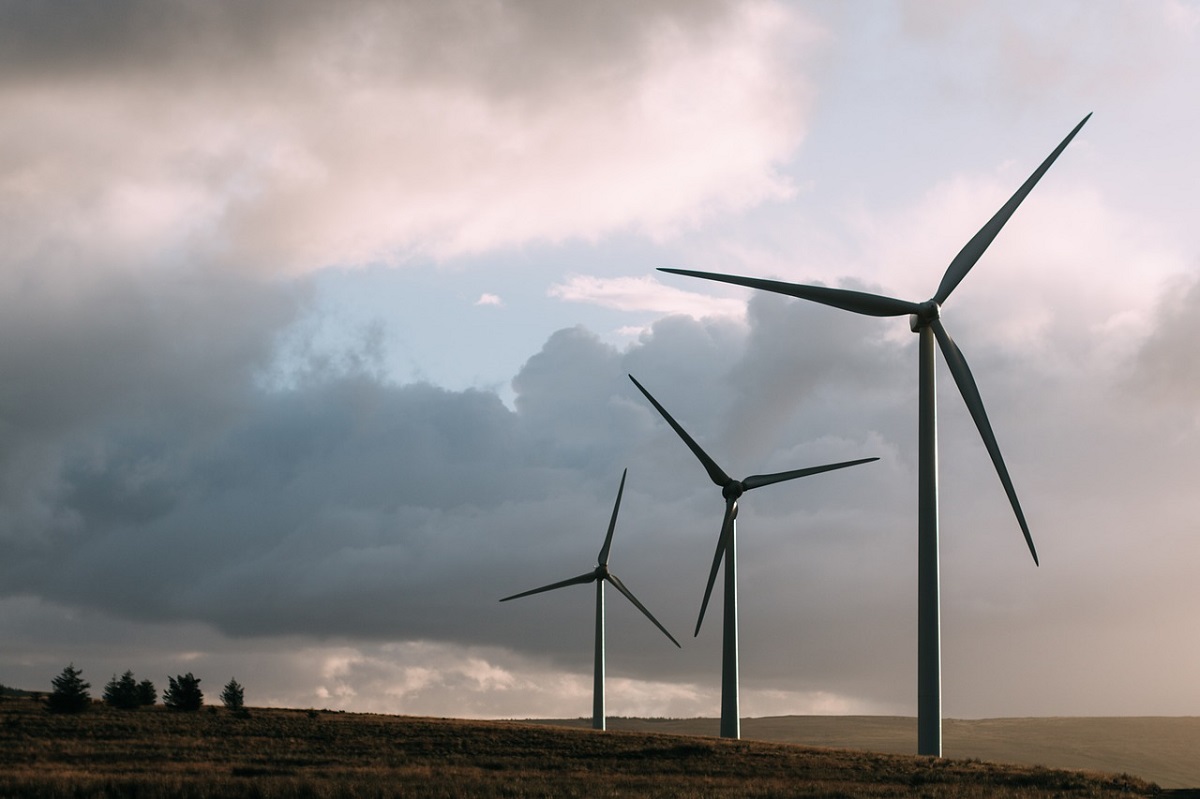The price of electricity and other energy sources will stabilize after the energy transition enters its final phase. But it is a process that takes time. Although things are happening at an accelerated pace, the transition in any sector, especially in the energy sector, cannot happen overnight. On the other hand, the stabilization of prices will end after repositioning global big “players” in the delivery of gas and oil.
Especially in the segment of natural gas, for the distribution of which new routes are already being drawn. The goal is to reduce energy dependence on Russian gas and create new roads that will provide greater access to energy from different sources.
The deal that Germany has reached with Qatar to supply liquid LNG through the American ConocoPhillips for the next 15 years is perhaps one of the biggest developments to come. Annually, 2 million tons of liquid LNG should arrive in Germany, for the acceptance of which work is already underway to build the appropriate infrastructure.
As the biggest dependent on Russian gas, Germany is becoming a trendsetter on the European continent with its decision. But whether this will lead to the replacement of dependence on Russian gas with dependence on another type is still too early to say, although there are different forecasts regarding this aspect of the energy transition.
However, one thing is certain, the great energy transition and the activities in the implementation of the agenda for the creation of greater energy independence are infringing on the member states of the European Union. It is here that the changes on which the big energy players are seriously working to build the new energy future of the world can be felt the most.
In addition to the risks of high prices and the uncertainty of how the winter will pass, the political leaders of the EU, the business community and citizens also face real price shocks for the amortization of which large funds are provided. At the same time, the big energy giants are investing heavily in renewable energy investments and new gas sources in the north to create more stability in the supply of energy from different sources.
Supply agreements with other countries, through which a balance in supply should be ensured, are also in that direction. Although it would be ideal, it is uncertain what the map of the Union and even the world will be like in the next ten years.
One thing is undeniable – it will be greener than it is now, and that is good news because natural resources also offer greater independence and reliance on one’s own forces and projections.
It is a fact that everyone has access to the sun, wind, and water, and it is also a fact that technologies are developing rapidly and will enable the storage of this energy.
However, in order to use renewable energy, investments will be needed, the one who invests the most and in more places in the world will have an advantage, as well as the one who develops the best technology. In addition, there is another aspect that is important.
Namely, the International Energy Agency (IEA) issued a report in July of this year stating that greater diversification of the production of solar and wind turbines, as well as other elements needed for installations to build capacities for renewable energy sources, is necessary in order to reduce Chinese dominance in this segment. According to MAE data, over 80% of turbines for solar and wind panels are of Chinese production, and about 95% of other elements are for the needs of this sector.
The energy transition is a process that takes place at an accelerated pace and there is no doubt that this process will end and bring many changes that will create new relationships in the world. The game is on and anything is possible.

